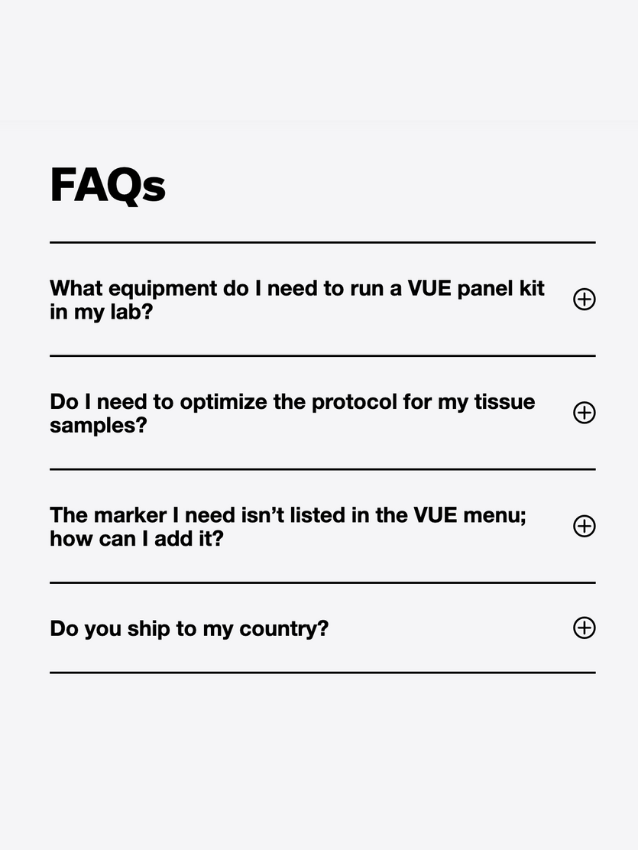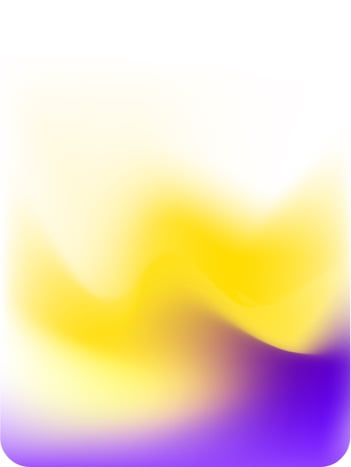TiME for a New Vue of the Tumor Landscape
Have you ever stood so close to a painting that you could see the brush strokes left behind on the canvas? I often marvel at the level of detail in a beautiful landscape painting. I imagine the artist applying layer by layer of paint, adjusting the colors, and blending to make sure the color and lighting are just right. If you stand too close to the painting for too long observing all the details, you begin to lose sight of what those brush strokes have created. Only when you step back to take in the scene can you have a full understanding and appreciation for how the individual elements come together to create a work of art.
December 16, 2021
Have you ever stood so close to a painting that you could see the brush strokes left behind on the canvas? I often marvel at the level of detail in a beautiful landscape painting. I imagine the artist applying layer by layer of paint, adjusting the colors, and blending to make sure the color and lighting are just right. If you stand too close to the painting for too long observing all the details, you begin to lose sight of what those brush strokes have created. Only when you step back to take in the scene can you have a full understanding and appreciation for how the individual elements come together to create a work of art.
I am reminded of this when I think about all the thousands of experiments performed by scientists to define the complex biological interactions occurring within the tumor immune microenvironment (TiME), a landscape filled with a diverse population of tumor-infiltrating lymphocytes (TILs), tumor cells, protein biomarkers, inflammatory markers, and more that influence disease progression and response to cancer therapy.
To date, much of what has been learned about the TiME has come from the use of immunohistochemistry (IHC), a standard method used by pathologists as a screening tool in immuno-oncology. IHC has helped identify biomarkers and immune cell types within the TiME, but information has been limited by labor-intensive protocols that yield single data points. IHC methods are not sufficient for generating a comprehensive and interactive picture of the TiME landscape – only layer upon layer of superimposed data with reduced spatial resolution. Newer technological approaches, such as multiplex immunofluorescence (mIF), provide greater resolution, better use of precious sample, and unparalleled insight into spatial cellular arrangement within the tumor. Technologies like mIF can paint a clearer picture of a patient’s immune status and disease state and corollary provide more information to promote successful immunotherapy.
As we learn more, we recognize that much more remains to be understood regarding the complexity of the TiME and that advanced tools are needed for better insight. A recent publication by Jianghua Wu, et al1describes the validation of mIF and its comparison to IHC for the analysis of programmed death-ligand 1 (PD-L1) expression and immune cell profiles within non-small cell lung cancer (NSCLC). Current clinical stratification for NSCLC immunotherapy requires positive measurement of tumor cell surface PD-L1 expression and a derived tumor proportion score (TPS). A challenge to assessing PD-L1 and TPS arises inthat PD-L1 is also expressed on some immune cell subtypes leading to a complex staining pattern within the tissue that makes clinical interpretation difficult.
This study was conducted to compare the cell density of PD-L1 expression and immune cells in NSCLC tissues stained by IHC and InSituPlex® DNA-barcoded mIF. Stained tissues were assessed using digital image analysis (DIA) to validate the cell density of PD-L1 and immune cells. A TPS generated from combining mIF and DIA was compared with manual PD-L1 calculation by pathologists using IHC. Findings from the study demonstrated a high correlation in immune cell densities and TPS between IHC and mIF. Greater detail and insights into cellular identity and biomarker expression were achieved using mIF, whereby simultaneous detection of both PD-L1+ and cytokeratin epithelial cell marker+ (CK+) enabled differentiation of PD-L1+ tumor cells from PD-L1+ T cells and PD-L1+ macrophages. Detection of PD-L1+CK+ and CK+ cells permitted calculation of a quantitative TPS. Studies also showed that the calculation of TPS using a combination of mIF and DIA compared favorably to TPS calculated using IHC and pathologist review.
Spatial insight into distances between tumor cells and specific immune cell types within a tissue section were enabled using mIF and digital imaging. In this study, distances were further between PD-L1+ tumor cells and immune cells than between PD-L1- tumor cells and immune cells. Data also showed that T cells were closer to PD-L1- tumor cells. In a single experiment, mIF permitted a clear view of the phenotypic complexity and cellular arrangement within NSCLC tissue.
The Wu, et al. study demonstrated that InSituPlex DNA-barcoded mIF is comparable with IHC methods for the quantification of tumor and immune markers and superior in its ability to discern target localization. Further studies are needed to correlate singleplex IHC assays to multiplex assays.
Ultivue’s InSituPlex multiplex immunofluorescence (mIF) technology outperforms IHC for simultaneous multi-target detection in spatially preserved tissues. Investigators will benefit from simplified workflows and availability of pre-optimized panels or custom assay panels with up to 8 targets where one can select >70 immune-relevant targets or incorporate your own novel target. Panels are compatible with most scanning instruments and digital imaging software. Importantly, the use of multiplex biomarker characterization in a spatially preserved context will provide greater depth of analysis and advance both an understanding of tumor biology and effectiveness of immunotherapy.
Our view of tumor biology has been built using IHC, but to paint a clearer picture of the phenotypic complexities within the TiME new tools are needed. The use of mIF will provide greater resolution and better use of precious samples to provide greater insight and advance targeted immunotherapy.








